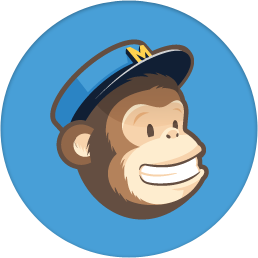Effective Hebrew Learning: Is There a Right Age to Teach Decoding?
Learning a second language is simply not the same as learning a first language, according to Dina Maiben, director of the Hebrew program at Gratz College.
That’s true for reading as well as learning to speak. Understanding how sounds are combined into words and words into sentences is something that develops over time in early childhood, but once a learner has reached school age, it is likely fully developed. And once mastered, it can easily be applied to a new language. By the time students are in 3rd grade, they are more than ready developmentally to apply what they understand about phonics to a second language. "For second-language learning, it doesn’t take many years for children to build the oral/aural foundations of a language that are necessary for understanding how print maps onto the sounds of the language, as it would for first language learning," Maiben says.
Hear more from Maiben in our video series about effective Hebrew learning strategies.
According to Maiben, the central issue in Hebrew reading instruction is not the age at which Hebrew decoding should be introduced; the real question is what one does with decoding after it has been taught. That will be the topic of the next video installment, coming November 13.
Don’t forget to subscribe to our newsletter and connect with us on social media!



